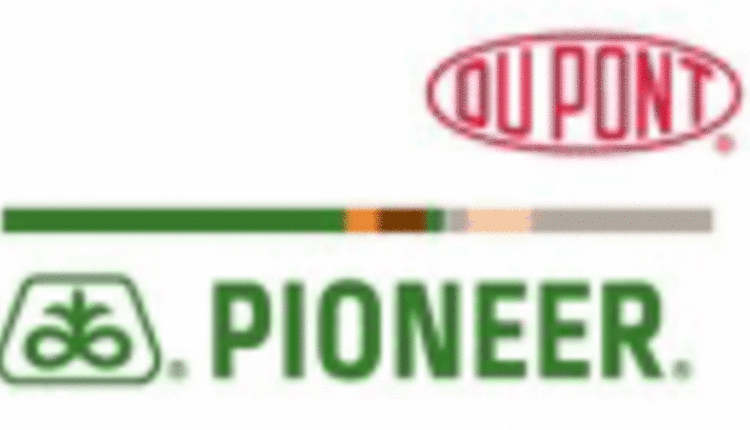Heavy Rains Cause Nitrogen Management Concerns |
|
|
Consider Rescue Applications to Protect Corn Yield Corn fields in the Upper Midwest that received excessive rain in June are susceptible to nitrogen (N) loss. Growers may want to consider applying additional N to fields that have experienced ponding to avoid potential yield losses. LEARN MORE
Crops that receive massive amounts of rain early in the season (April and May) typically aren't in as much danger of losing N because it hasn’t yet converted to the nitrate form. However, as the soil warms the potential for N loss increases. Heavy rainfall in June, especially when ponding occurs, may mean that fields need additional N to keep crops growing well. Ponding reduces the oxygen in the soil which can cause denitrification. A good indicator of N loss is when the corn starts to turn yellow, with the lower leaves being most affected. These leaf tips of N-deficient corn will have the classic V to the midrib. Use of soil tests, chlorophyll meters, and aerial photographs can help growers assess additional N fertilizer needs. Pioneer offers the EncircaSM Yield Nitrogen Management Service for growers. This service, part of the overall EncircaSM services package, can help growers assess weather, soils, agronomy and analytics to maximize crop yields, with a focus on optimization of key inputs like nitrogen. Certified services agents offer customized advice and analysis of models to ensure that the data is put to its best possible use. Choosing the right N source to match the method of application is important to achieving safe and effective remediation of N deficiency. Common methods of remediating N deficits include banding UAN between the rows using a high-clearance applicator; or if the corn is still small enough to drive over, broadcasting urea with a urease inhibitor. Among granular sources of N, urea is usually the best choice. Although subject to volatilization losses on the soil surface, it is less likely to cause leaf burn and yield loss in large corn. Aerial application of urea is another way to apply N to very tall corn. While corn can be responsive to late N applications up to tasselling time, it is also good to remember that sometimes extremely stunted, waterlogged areas in the field may just be too damaged to recover. Thinking of applying another nitrogen application? Can’t decide? Don’t worry. Let your local Pioneer sales representative or EncircaSM certified services agent help you assess whether another N application would be beneficial to you by giving them a call today. |
